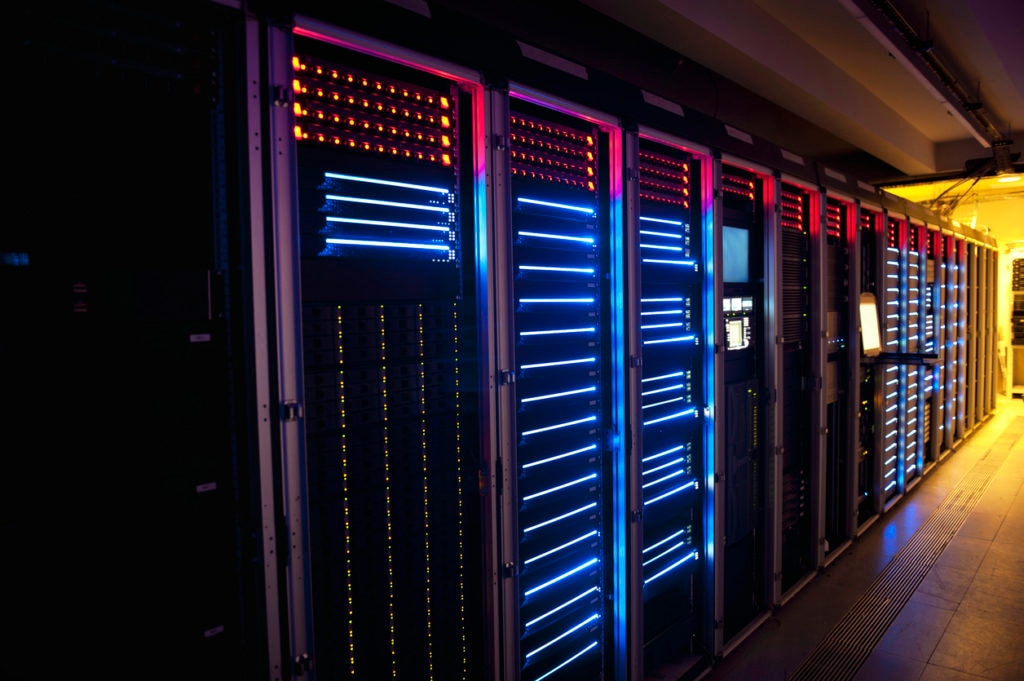By Paul Parker, SolarWinds Federal & National Government Chief Technologist
Here's an interesting article from my colleague Leon Adato, in which he suggests that honesty is best policy.
IT professionals have a tough job. They face the conundrum of managing increasingly complex and hybrid IT platforms. They must protect their networks from continually evolving threats and bad actors. Budgets are restrictive and resources slim. And there are political agendas.
Given all of these factors, it’s understandable if we might feel compelled to tell some little white lies to ourselves on occasion. “Everything’s fine,” we might say, even if we’re not entirely sure that it is true. We might also be willing to engage in some little excuses and statements of overconfidence.
However, it’s important we acknowledge we may not have all the answers. We must continue to be honest with ourselves to avoid living in a world of gray.
You Don’t Know What You Don’t Know
Sometimes it’s more difficult to truly know how your infrastructure operates. That’s especially true in hybrid IT models. It’s very difficult to gain a complete view of our entire operation without the proper monitoring tools.
As pessimistic as that may seem, sometimes users aren’t honest, particularly in agency environments with very strict rules.
If an agency has a policy against using USB devices, for example, what happens if an employee breaks that rule and introduces the potential for unnecessary risk? From the confines of IT, it is sometimes difficult to assess what might be going on in other sections of the agency, which could pose some problems.
Unearthing the Truth = No More Little White Lies
Keeping everyone honest is essential to maintaining network integrity. The best way to do that is to adopt monitoring solutions and strategies that allow our IT teams to maintain visibility and control over every aspect of our infrastructure, from applications hosted off-site to the mobile devices used over networks.
We should adopt monitoring tools that are comprehensive and encompass the full range of networked entities. These solutions should also be able to provide insight into network activity regardless of whether the infrastructure and applications are on-site or hosted. We must be able to monitor activity at the hosting site and as data passes from the hosting provider to the agency.
After all, a true monitoring solution must monitor and provide a true view of what’s going on within the network. Shouldn’t it offer the ability to probe? To drill down? Those capabilities are essential if we are to truly unearth the root cause of whatever issues we may be trying to address or avert. And with the ability to monitor connections to external sources, we’ll be able to better identify break points when an outage occurs.
Let’s not forget everyone else in the agency. It’s important to keep tabs on network traffic to identify red flags and shine a light on employees who may be using unauthorized applications, again, as a means to keep everyone honest.
Being left in the dark may lead us to rely on half-truths simply because we lack the full picture. Instead of fooling ourselves, we should seek out solutions that provide us with true clarity into our networks, rather than shades of gray. This will result in more effective and secure network operations.
Find the full article on Nextgov.




